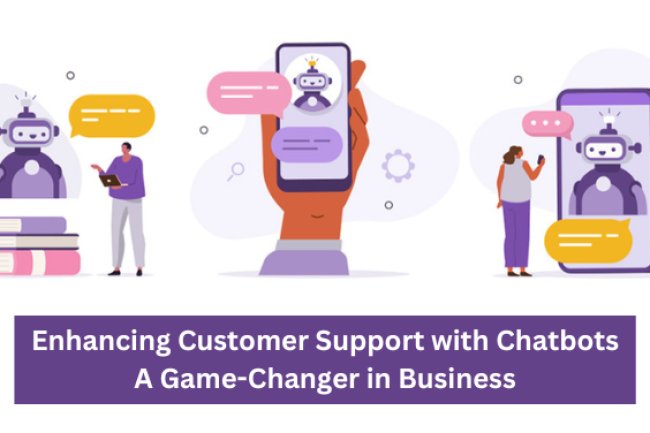How to Choose the Right Programming Language for Your Project

Choosing the right programming language for your project is a crucial decision that can significantly impact its success. With a plethora of programming languages available, each designed to cater to specific needs and functionalities, the decision-making process can be overwhelming. In this blog, we will guide you through the key factors to consider when selecting a programming language for your project.
1. Understand the Project Requirements: The first step in choosing the right programming language is to have a clear understanding of your project's requirements. Consider the nature of the application you're building, the features it needs, and the overall goals. For example, a web development project might require a different language than a data analysis tool.
2. Consider Performance and Efficiency: Different programming languages excel in different areas of performance. Some languages are optimized for speed, making them suitable for resource-intensive tasks, while others prioritize ease of development. If your project requires high-performance computing, languages like C++ or Rust might be preferable. For web development, languages like JavaScript or Python may be more suitable.
3. Evaluate Developer Skillset: Assess the skills of your development team. Choosing a language that your team is already proficient in can significantly speed up the development process and reduce the learning curve. On the other hand, if your team is open to learning a new language, consider the availability of learning resources and community support.
4. Community and Ecosystem: The strength of a programming language's community and ecosystem can greatly impact your project's success. Consider the availability of libraries, frameworks, and third-party tools that can enhance development. A robust community ensures ongoing support, updates, and a wealth of resources for problem-solving.
5. Scalability and Future-proofing: Think about the long-term sustainability of your project. Will the chosen language and technology stack scale with your application as it grows? Consider the language's track record in handling large-scale projects and whether it is actively maintained and updated. Future-proofing your project involves choosing a language that is likely to remain relevant in the coming years.
6. Platform Compatibility: Ensure that the programming language you choose is compatible with the platforms you intend to target. If you are developing a mobile app, for instance, consider whether the language supports both Android and iOS. Similarly, check if the language is compatible with the operating systems your project will run on.
7. Security Considerations: Security is a paramount concern for any project. Some languages come with built-in security features, while others may require additional measures. Consider the security requirements of your project and choose a language that aligns with best practices for secure coding.
Choosing the right programming language is a critical decision that can significantly impact the success of your project. By carefully considering the project requirements, performance needs, developer skillset, community support, scalability, platform compatibility, and security, you can make an informed decision that sets your project up for success. Remember that there is no one-size-fits-all solution, and the best choice will depend on the unique characteristics of your project. Take the time to thoroughly evaluate your options, and you'll be on your way to building a successful and sustainable software project.
What's Your Reaction?















